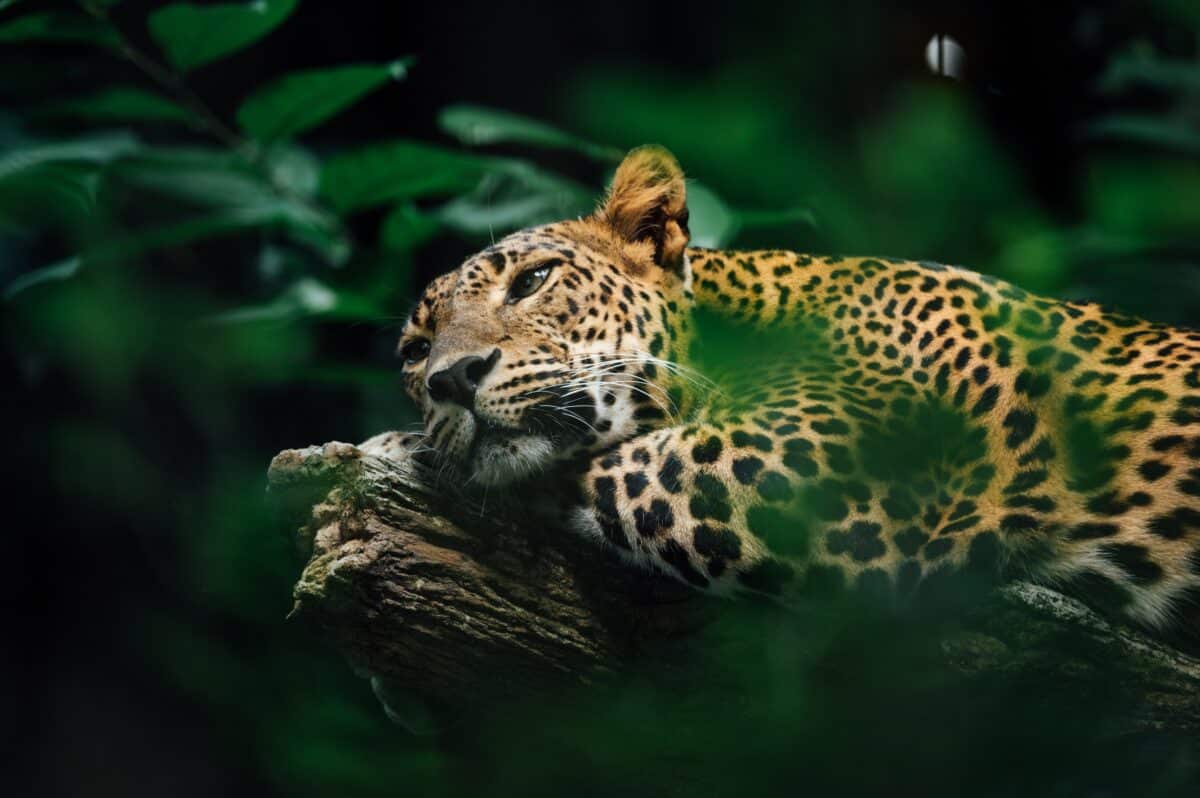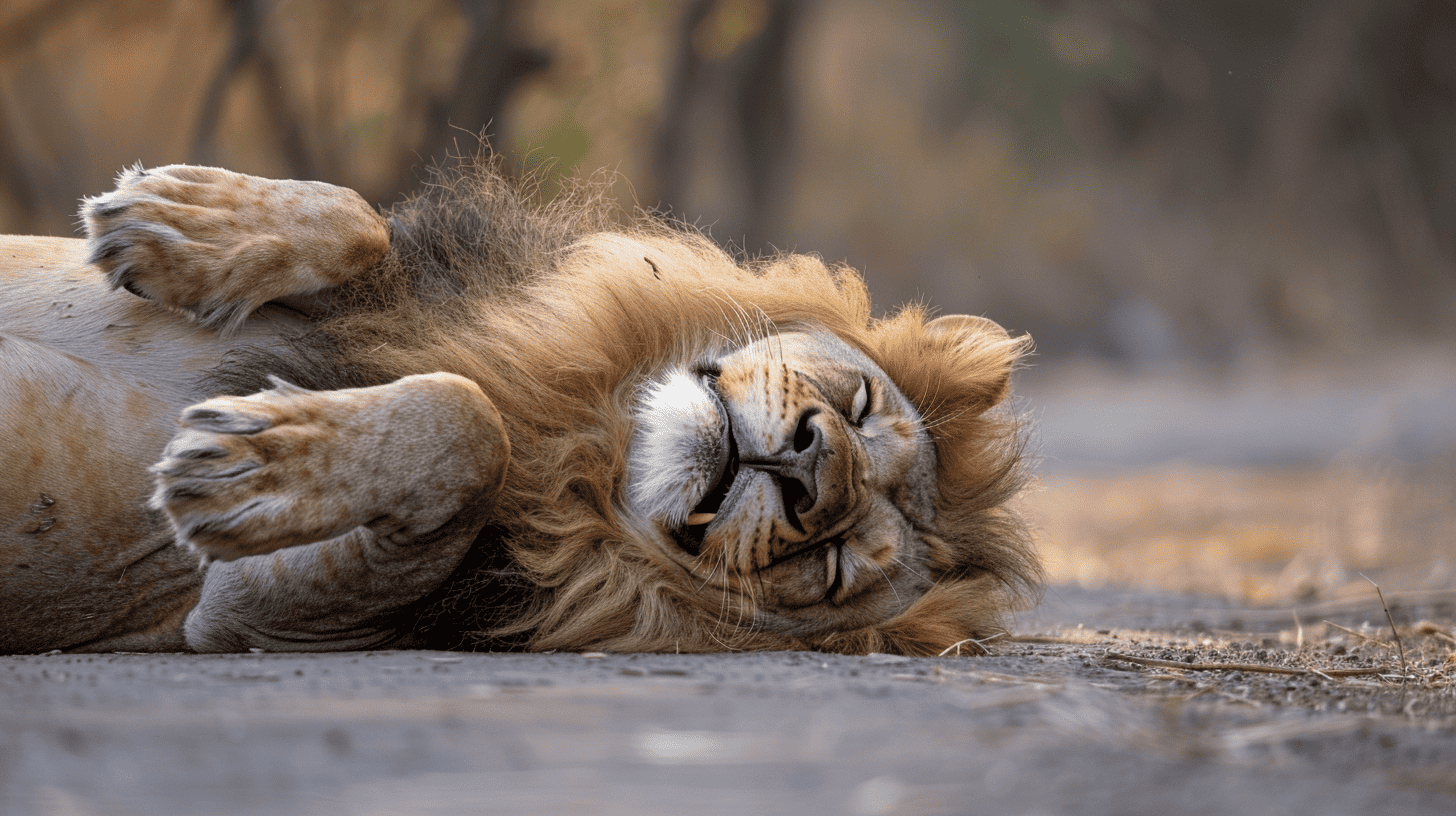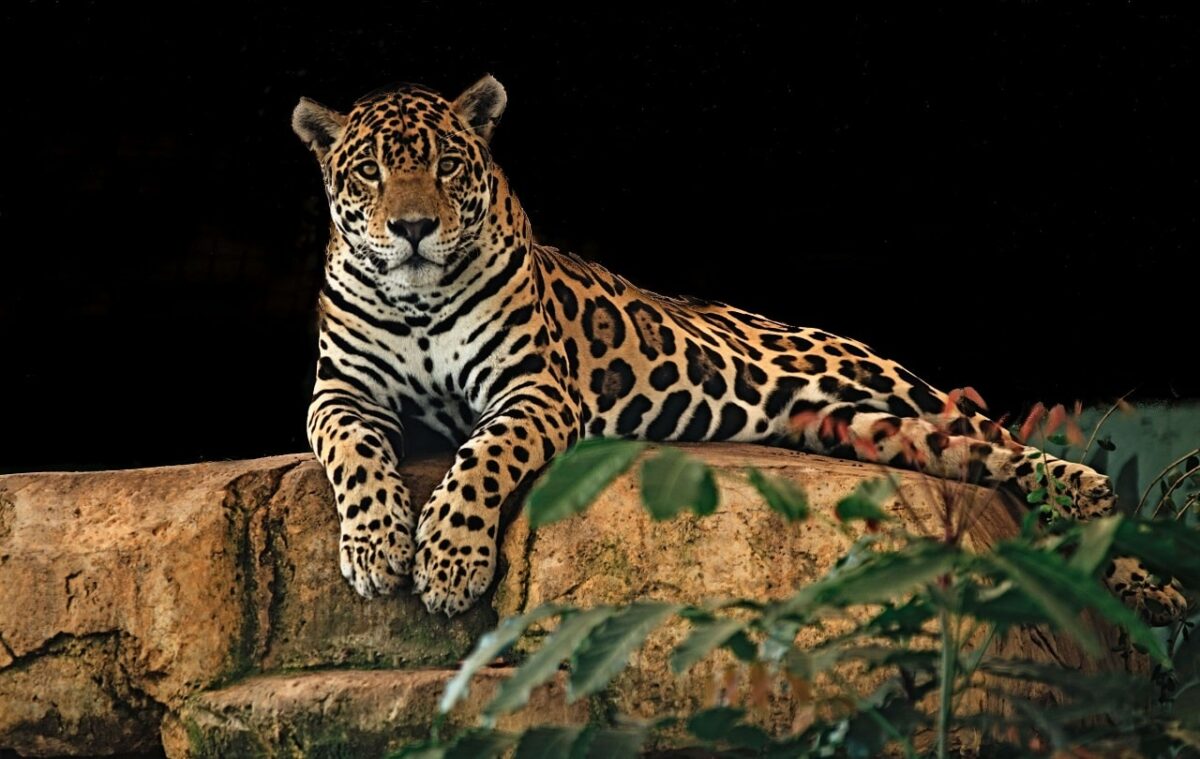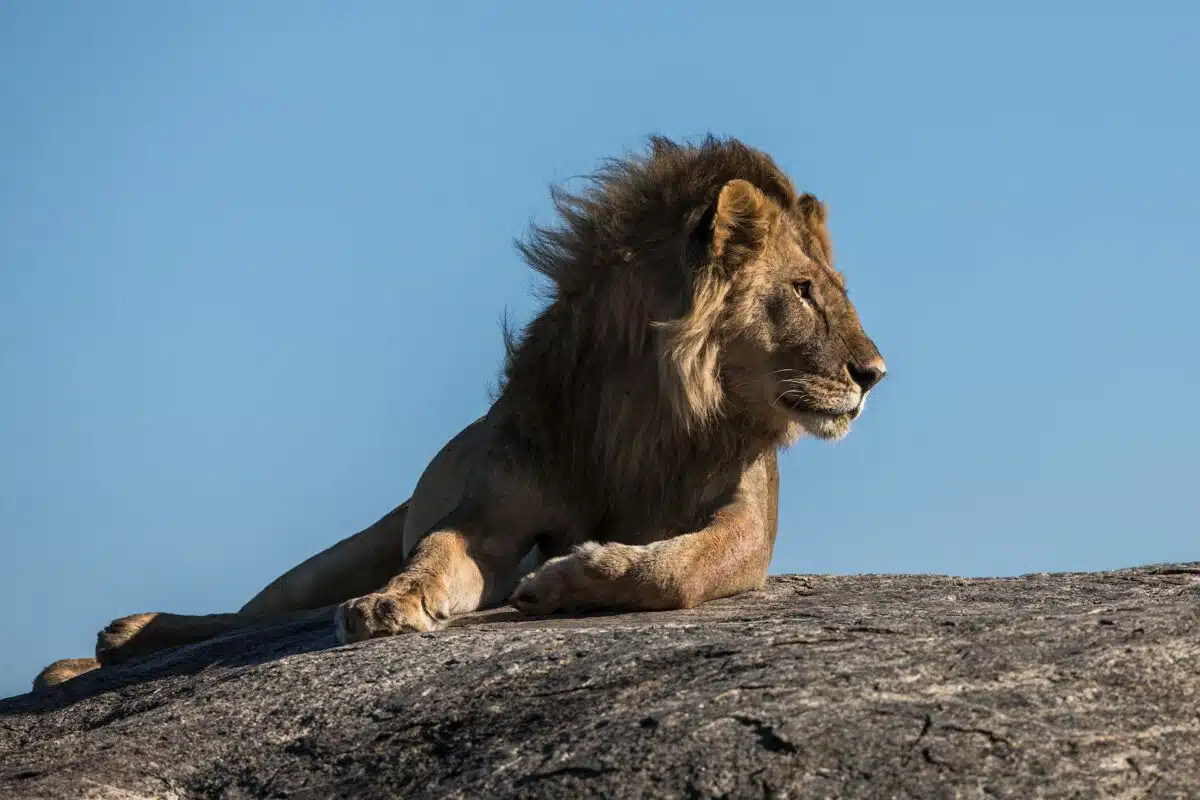Comparing The Most Iconic Cats In The World | Lion vs. Jaguar
The lion and the jaguar are two of the most iconic big cats in the world. Evidently, they both have unique characteristics and abilities. Although these two belong to the genus Panthera, they come from different subspecies.
While both species possess muscular bodies and large, powerful jaws, there are some notable differences between them. Generally, the lion is more significant in body mass, with male lions averaging around 420 pounds compared to about 200 for male jaguars.
Their coats also differ in coloration; lions tend to be light tawny shades, while jaguars often have more of an orange-brown hue to their fur.
Also, lions have thick manes, which give them an impressive appearance, while jaguars usually have spots used as camouflage when stalking prey. Other vital distinguishing features include their tails’ shape, length, and overall behavior; lions typically live in prides, while jaguars are solitary hunters.
Want to jump ahead? Click below
Comparison Table of Lion vs. Jaguar

| Lion | Jaguar | |
|---|---|---|
| Scientific name | Panthera leo | Panthera onca |
| Habitat | Grasslands, open woodlands, scrublands, and dry savannas throughout Africa, India, and Asia. | Dry deciduous forests, scrublands, savannas, and swamps of central and south America |
| Weight: | Males weigh around 350-420 pounds while females weigh 250-300 pounds. | 250 lbs |
| Type of attack | Stalking and ambushing the prey. | climbing technique |
| Social Structure | Live together in groups called prides | Solitary animals |
Lions

Physical Characteristics
Lions are the second largest cat species, with males being much more significant than females. The average male weighs between 330 and 550 lbs. The average female weighs around 265 to 400 lbs.
Males also have a prominent mane of hair around the face, neck, and chest, which is thought to emphasize their size and provide protection during fights. Lions have short, tawny fur and a tail tipped with a black coat that helps them navigate in the dark.
Habitat and Distribution
Lions live in extensive open grasslands, savannahs, and woodlands across sub-Saharan Africa, as well as isolated parts of India and western China.
They prefer areas with adequate prey density for hunting purposes and access to water for drinking and cooling off from the heat. Within their habitats, lions form prides of 3-30 individuals living together as they hunt and travel throughout their home ranges.
Diet and Hunting Habits
Lions are carnivorous predators that feed primarily on large animals like gazelles, antelopes, wildebeests, and zebras. Evidently, providing valuable cat energy sources. Lions generally hunt during twilight or night hours when it’s cooler outside to conserve energy when chasing after their prey.
When a pride hunts together, each member has its specific role: some stalk their prey while others act as guards or distractors to confuse the animal. Once one or two pride members have killed an animal, it gets shared among all members present so no lion goes hungry from a bad hunt day!
Social Structure and Breeding Habits
The social structure of lions revolves around prides consisting mainly of related females who work together to protect cubs from predators, defend territory against nomadic males looking to mate with them, cooperative hunting efforts amongst themselves plus other activities such as grooming each other’s fur coats or resting together in the shade to cool off from hot weather conditions.
Almost all young males will leave their natal pride at age 2-3 in search of new ones with whom they can try mating, but only if they successfully oust rival male competitors first – something that rarely happens due to high mortality rates associated with such endeavors!
Females will reach maturity at 3-4 years old, after which they will start breeding seasonally throughout their lives until death occurs at roughly 10 -14 years old, depending on environmental factors influencing lion lifespan expectancy levels accordingly!
Interaction With Humans
Due to human encroachment into lion territory, more negative interactions between humans and lions have occurred over recent decades. Thus, increasing conflicts between both species over resources. Evidently, things such as space for habitation or food availability for subsistence needs.
Jaguars

Physical Characteristics
The jaguar is a large and robust cat native to the Americas. They are the third largest of all big cats, after tigers and lions, and can sometimes weigh up to 250 lbs.
Their fur ranges from yellow-ochre to dark chestnut brown, marked with rosettes or spots and stripes, though these markings can differ depending on the region.
They have muscular limbs, short legs, stocky bodies, and long tails—all of which help them traverse various habitats quickly and effectively.
Habitat and Distribution
Jaguars are found mainly in Central and South America, though their range extends from Mexico through parts of the US (such as Texas).
They prefer tropical rainforests but can also be seen in dry deciduous forests, scrublands, savannas, and swamps. In some cases, they have also been spotted at very high altitudes (up to 5500 meters above sea level).
Jaguars often take advantage of human-made structures such as farms or irrigated fields for hunting opportunities—though they tend to keep away from heavily populated areas if possible.
Diet and Hunting Habits
Jaguars are carnivorous mammals that feed mainly on fish (such as piranha), reptiles (like lizards or turtles), birds (turkeys), amphibians (like frogs), as well as small mammals like monkeys and deer.
When hunting large prey items such as deer or capybara, they often employ the ‘climbing technique’—using their sharp claws to climb trees before leaping onto their prey from above! Because of their muscular build, jaguars can easily take down many large animals—they can even break through turtle shells with startling potency!
Social Structure and Breeding Habits
Jaguars tend to lead solitary lives outside the breeding season when females come together for mating purposes before returning to a solitary life afterward.
While usually solitary creatures, males may occasionally form temporary associations with several other individuals before going off alone once more; female jaguars may sometimes stay together in groups composed of related individuals; however, this behavior is rarer than that exhibited by males within populations.
Jaguar cubs reach sexual maturity at around three years old; they typically give birth once every two years, with each litter size being between one to four cubs per litter on average!
Interaction with Humans
Though not commonly encountered by humans due to their shy nature, jaguars have historically played an essential role in ancient cultures throughout their range – mostly notably amongst Mayan cultures who revered them for their beauty, strength, power, and skillfulness at hunting prey!
These days human-jaguar encounters usually occur due to direct competition for resources such as food or habitat – though this rarely results in a physical confrontation between the two species!
Conservation efforts are ongoing throughout Latin America, where jaguar populations face threats from poaching, habitat destruction, or fragmentation due to agricultural expansionism.
It is hoped that these efforts will eventually result in increased population numbers across the continent – benefitting both humans & wildlife alike!
Wrapping Up with Lion vs. Jaguar
In conclusion, while comparing Lion vs. Jaguar they are both majestic predators. There are more differences than similarities. Lions prefer to live in open grassland habitats, while jaguars tend to live in dense forests and jungles.
Regarding hunting, lions usually hunt together in big groups, whereas jaguars prefer to hunt alone. Also, lions have much larger territories than jaguars that only claim small areas as their own.
They are both apex predators but have vastly different behaviors and characteristics, making them unique.
Thanks for following along with me! I hope you enjoyed reading about the pros and cons of two very different terrestrial animals. Next up is Gorilla vs. Cobra.
Join our Forum for free today!

- Most Aggressive Insect In The World - June 5, 2024
- Bear’s Bold Airport Adventure Chaos at Tampa International - June 5, 2024
- Incredible Ibex Climbs Vertical Wall - June 4, 2024


